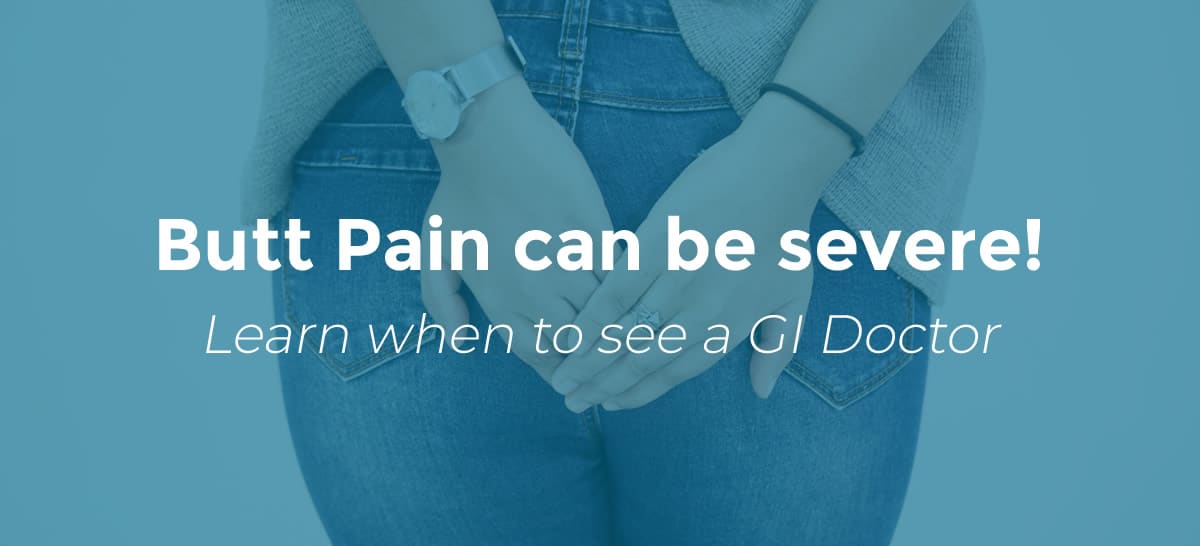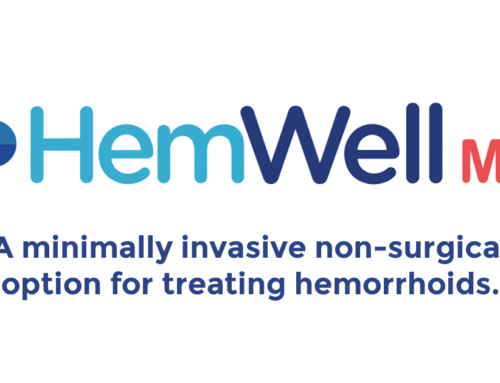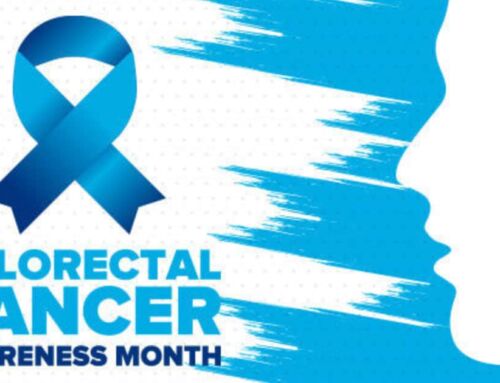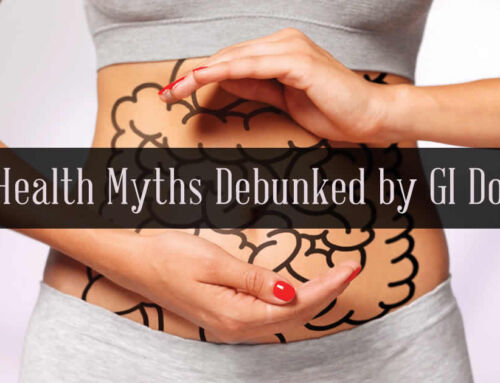While it may be embarrassing, and not something you want to share about with your friends over brunch, having pain down there (rectal pain) is a widespread complaint – 10 million Americans self-report hemorrhoids every year. Rectal pain is all too common – but there are so many possible causes to consider.
Pain in the rectum and anus is so prevalent because they’re made up of sensitive, highly vascularised tissues, responsible for removing waste from your body. As a result, there is an increased risk of damage to the tissues and blood vessels, and of bacterial infections.
But what’s causing your pain – and is it worth getting evaluated by a doctor?
When to See a Doctor
There are many causes of rectal pain, most of which are benign. At times, it’s difficult to decide if you need to have you discomfort evaluated or not. Common causes of rectal pain range from simple irritation of the perianal skin to things like hemorrhoids, infections, fissures or tears in the lining – and even rectal cancer.
Let’s face it, the anus and rectum are very sensitive areas and it doesn’t take much to make ‘em hurt. If the pain is mild and goes away after a day or two, you can just monitor the situation.
However, if the pain is severe, associated with having a bowel movement, or lasting more
than a few days – and especially you notice any bleeding – have it evaluated by your physician.
Usually, your pain in the butt is benign and self-limited, but sometimes it can signal something
more severe, and the earlier you get it evaluated the more treatable it usually is.
Seek Immediate Medical Attention
Ask someone to drive you to urgent care or the emergency room if you develop:
- A significant amount of rectal bleeding
- Pain in the anus that becomes more intense, spreads, or is accompanied by fever, chills, or anal discharge
Schedule a Doctor’s Visit
Contact your doctor’s office if your symptoms are any of the following:
- Anal pain lasting more than a couple of days, where self-care remedies aren’t helping
- Your anal pain is accompanied by a change in bowel habit or rectal bleeding
- You have thrombosed hemorrhoids (where the hemorrhoid contains blood clots) for several days causing pain
Is Rectal Pain a Sign of Cancer?
Anal pain is one of the symptoms of anal cancer, but as it’s also a common symptom of more benign conditions, over half of patients with anal cancer mistake the early stages for hemorrhoids – delaying their treatment.
I believe it’s important not to leap to conclusions. However, if you’ve experienced rectal pain for a while, or you experience the symptoms I describe, it’s definitely worth being checked out. As a doctor, I prefer my patients to be over cautious when it comes to rectal pain.
Anal cancer symptoms include:
- Anal pain
- A feeling of fullness in the back passage
- A mass at the opening of your anus
- Rectal bleeding
- Unusual discharge
- Rectal itching
- Change in bowel movements – particularly a narrowing of your poop.
- Swollen lymph nodes around your anus or groin
As with all cancer, early detection is key. To reach a diagnosis, your doctor should refer you to a GI specialist, who may perform a colonoscopy to evaluate your anus and rectum, alongside imaging tests. The doctor may take a biopsy to test. While the tests sound overwhelming, they’re important steps towards either reaching a formal diagnosis, or gaining peace of mind. But there are many common causes of anal and rectal pain that don’t require such intensive testing.
Common Causes of Anal Pain
So I’ve covered the big C, but rectal and anal pain can also be a symptom of less serious conditions, some of which can be treated with over-the-counter medication. While these conditions are not as serious, they can be seriously uncomfortable, or even lead to more pressing issues. So don’t suffer in silence – get it checked out.
- Hemorrhoids – caused by the swelling of blood vessels in the rectum area, a highly vascular part of the body. Classed as:
• Internal – swellings found inside the rectum, that are normally painless. If you strain a lot while pooping, these can prolapse and move through the anus to the outside, causing discomfort.
• External – swellings found on the outside of the rectum, around the anal opening.
• External thrombosed – these swellings no longer have blood flow due to clotting within, and are particularly painful. - Anal fissure – a small tear in the delicate tissue of the anus. There are several causes, including childbirth. While it can often heal by itself, it’s common for healing to be impaired by spasming occurring during and after anal pain.
- Constipation – Long term constipation can lead to fecal impaction – a clump of hardened stool in your rectum, which can be painful. Even short-term constipation can involve some pain as you strain on the toilet.
- Diarrhea – When diarrhea speeds up your digestion, your gut has no time to process the digestive enzymes, bile, and stomach acids, which can cause a burning sensation. Some foods you’re unable to fully digest, such as fruit seeds, can cause further damage to the soft tissue of your anus – as can having to wipe more often.
- Anal Sex – having anal sex can increase the risk of anal fissures, bacterial infections, and make hemorrhoids worse.
- Inflammatory Bowel Disease (IBD) – The clue is in the name: IBD can cause inflammation in the tissues of the rectum and anus, triggering symptoms of pain and bleeding.
- Perianal Abscess – Your rectum and anus is surrounded by glands and cavities. When bacteria get into these cavities, an infection sets in, and they fill with pus, creating a perianal abscess.
- Pruritus Ani – The skin around the anus is very sensitive, and if you experience a constant itch down there, it’s typically caused by a yeast infection. Unfortunately, scratching can cause damage to your anus.
Two of the most common causes of anal pain are hemorrhoids and anal fissures, and the pain can often feel quite similar. But how do you tell the difference?
Hemorrhoids vs Anal Fissures
The difference between hemorrhoids and anal fissures is hard to grasp when you’re experiencing the symptoms, as both display similar signs. But there is a subtle difference to look for.
Symptoms of hemorrhoids include:
- Rectal pain – almost continuous.
- Difficulty pooping
- Swelling around your anus
- A possible lump by your anus.
Symptoms of anal fissures include:
- Rectal pain – sharp pain while you poop, followed by several hours of burning sensation
- Bright red blood when you wipe
- A small lump by the fissure
Sometimes when the fissure is small, or the hemorrhoid is internal, it can be hard to figure out without a doctor examining you. But my rule of thumb is that rectal pain caused by hemorrhoids is continuous, while the anal pain caused by an anal fissure only occurs when completing a bowel movement.
Of course, the treatment of hemorrhoids and anal fissures is also different – so it’s important to get a diagnosis from a medical professional before trying to treat your rectal pain.
Rectal Pain Treatment Options
Your course of treatment relies heavily on the type of rectal pain you’re facing – and what underlying condition is causing your discomfort. Many causes of anal pain, such as hemorrhoids and anal fissures, can be treated with over-the-counter medications, and making simple lifestyle changes.
Above all, you need to seek urgent medical attention or speak with your doctor if you are experiencing severe pain or a fever. Remember: self-diagnosis is tricky, and I’d advise you to see a specialist to be certain before seeking relief for rectal pain.
Have concerns about your rectal or anal pain? If you’re in the San Antonio, TX area and looking for a board certified gastroenterologist click to request an appointment or call our office at (210) 615-8308.






